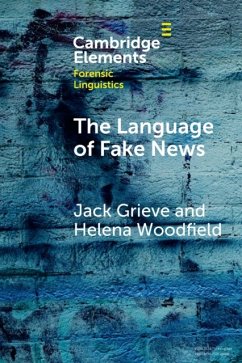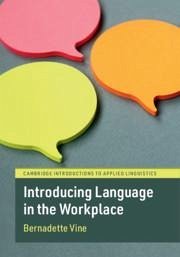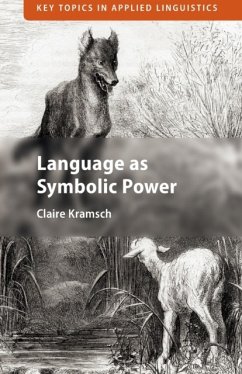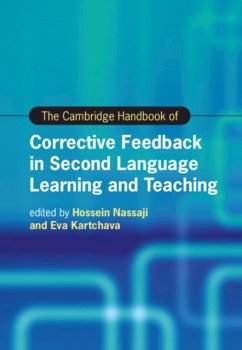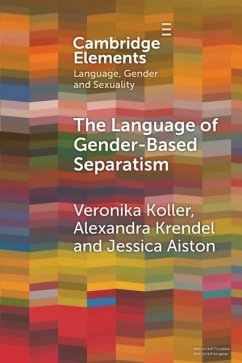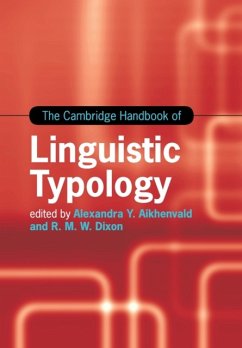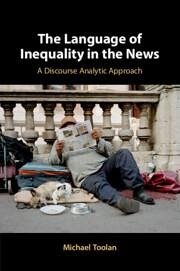
The Language of Inequality in the News
Versandkostenfrei!
Versandfertig in über 4 Wochen
28,99 €
inkl. MwSt.

PAYBACK Punkte
14 °P sammeln!
Aimed at students of applied linguistics, English language, media studies and journalism, this book explores how wealth inequality is represented in centre-right newspapers, with a particular focus on changes that parallel the growth in wealth inequality itself over the past forty-five years.





